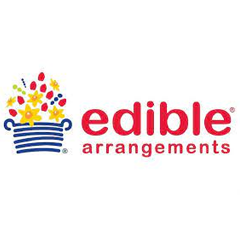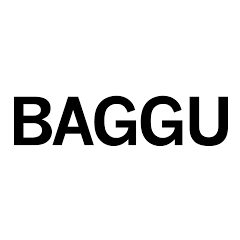So, it’s time to buy yourself a car. Next to buying a house, this is one of the most significant financial decisions you have to make. What kind of car will it be? What color? How’s the gas mileage? Are you looking to buy new or used? Chances are, if you’ve clicked on this article, you’re looking to buy used. This is a fabulous idea, and, unless you have money out of the wazoo, the best idea when deciding to buy yourself a car.
New cars lose value the minute you drive them off the lot. They sometimes cost tens of thousands of dollars and will get you into debt with the dealership or your bank.
Used cars, on the other hand, are an excellent choice. You’ll save yourself some money buying a used car, but you can’t just hop onto the car lot immediately and start picking one out. You have to have a plan to avoid getting sucked into a car salesman’s scheme. Here’s how to avoid spending more than you should:
Come Prepared
Before you come to a car lot and start looking at used cars, you have to come prepared with a plan and an idea of what you want to buy. Decide beforehand what kind of car you want. Do you need a lot of room? Do you live somewhere that requires something with a four-wheel drive?
What do you want the interior to look like? What color do you want? Are you more of a Honda person or a Toyota person? Sedan? Hatchback? Pickup? How old are you willing to go? How new? These are the questions you need to decide on before you go.
Once you’ve decided on a type of car or two that you want to buy, do some research. Don’t go out immediately. First, check Kelley Blue Book to see what the car should be going for. Then, see who’s selling your chosen car in your area. Beware of any sellers selling your car under your selected price.
There may be something seriously wrong with the vehicle. Take note of the listings you want to visit and contact any private sellers so they know you’re on your way.
Now that your options are picked, you know how much you will likely spend. If you need to take out a loan, do it now. It’s best to pay for your car in cash, but in this economy, that isn’t an option for most people. So, secure a loan with your bank or credit union first so that you can pay for the car in cash at the dealership. This makes you an incredibly valuable customer to them.
Choosing A Car
Look at the cars you’ve researched. When you get on the lot, let the salesperson know that you’re looking at several dealerships, that you’re willing to pay in cash for the car, and that you’re not doing anything until you’ve taken the car for a test drive and had a vehicle history check run and taken it to a mechanic for a full inspection.
Take several cars for a test drive alone. Don’t let the salesperson come with you; be insistent on this. They will want to keep you to smooth roads and easy corners.
Before getting behind the wheel, run a check yourself.
- Do all the lights and turn signals work?
- Does the trunk open and close easily, or does it get stuck?
- Open up the hood. How does it look inside?
- How easy are the windows to roll up and down?
- Do all the locks work?
- Do you have ample cupholders and storage space?
- Is there anything else that might annoy you in day-to-day life?
Then, get behind the wheel and start the car. Are there any concerning noises? How does it feel? Are the brakes responding well? Does the car have good acceleration? Is the power steering working? If anything about the car concerns you, look at the others before going further.
Once you’ve taken all your chosen vehicles out for a test drive at different dealerships, pick the one you like best, and have a vehicle history check run on it. Ensure it’s accident-free and hasn’t been in other incidents or major breakdowns.
Then, take it to a mechanic. Most used cars need repairs but don’t buy anything that needs major work. Do the repairs cost you more than you want to pay?
If yes, repeat the process with your second choice and, if needed, your third.
Closing the Sale
So, you’ve chosen your car and are ready to buy it. You have to go into this conversation with the salesperson with one thing in mind: stick to your guns. Don’t let them push you into paying more than you should for the car.
Start on your terms. Don’t tell them the top price of what you’re willing to put down and try to get it down from there. Start the conversation with the absolute rock bottom price listed for this type of car on Kelley Blue Book. Then, work the price up from there into an acceptable range.
Act disinterested. Pretend the salesperson is someone you don’t like who is hitting on you. If you act disinterested, they’ll be more likely to put the price somewhere you want.
Once you’ve both come to a price you can agree on, they’ll ask you to sign and close the deal. Don’t sign yet. Read the entire paper. Don’t sign it if they don’t allow you at least thirty days to ensure the car is in good condition.
If nothing in the contract bothers you, go ahead and sign, but be wary. Many dealers will try to package in other “extras” to increase the price. Refuse these. Kindly explain to them that you two agreed on a price, and that’s all you’re willing to pay for the car.
Once you’ve signed and gotten the keys, congratulations! The car’s yours!
Buying a car doesn’t have to be a harrowing, painful experience. You'll find it much more pleasant than expected if you come into the process using these guidelines.


















.webp)




